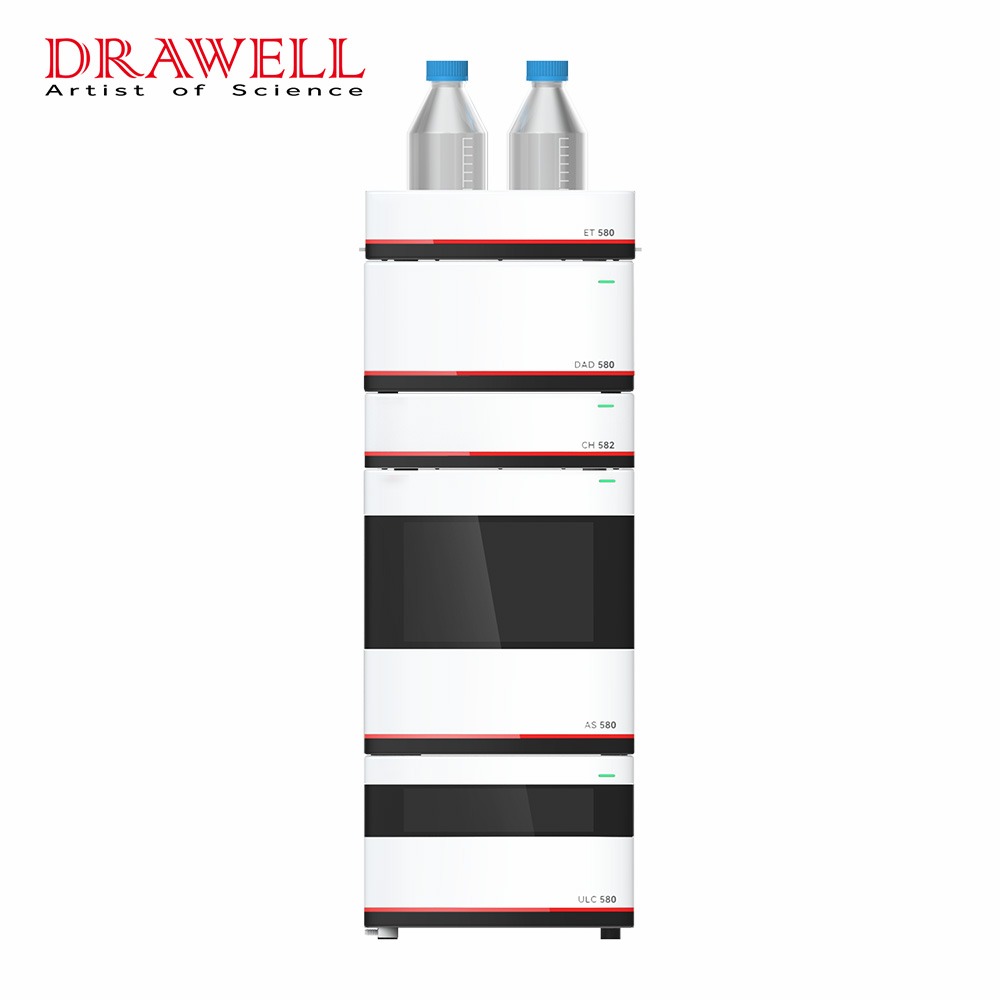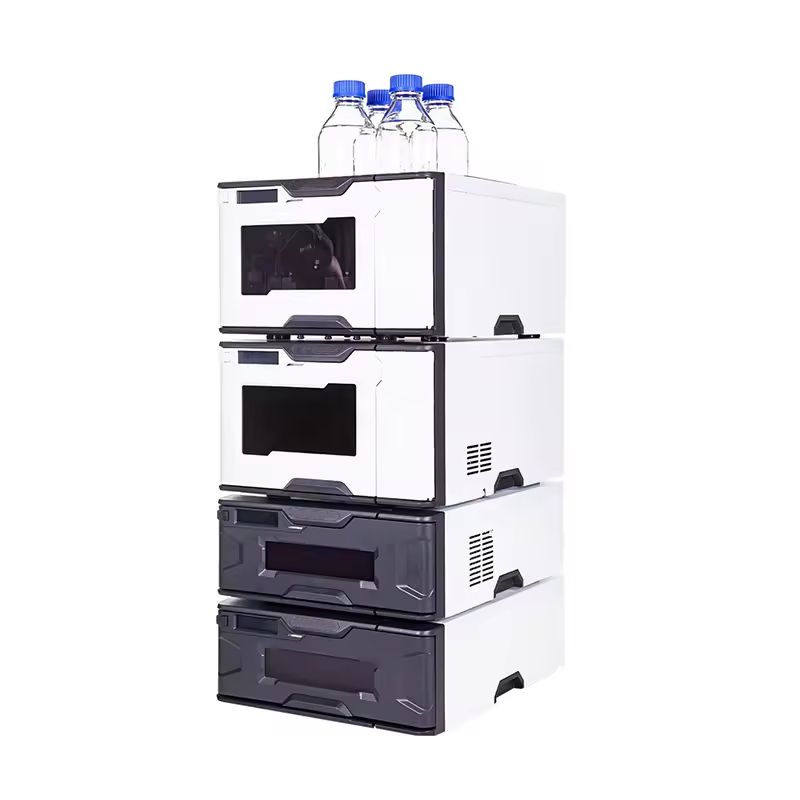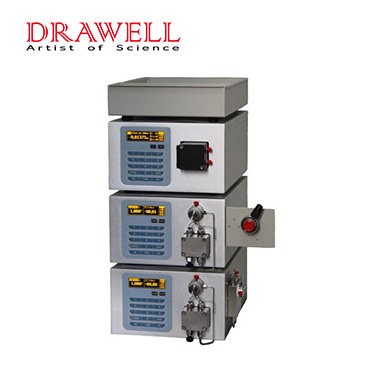High-performance liquid chromatography(HPLC), is a sophisticated analytical technique utilized in a variety of industries, including pharmaceuticals, chemistry, food science, environmental science, and others. It is an adaptable technique for separating, identifying, and measuring chemicals in complex mixtures. The key principles and applications of the HPLC analysis method are covered in this article.
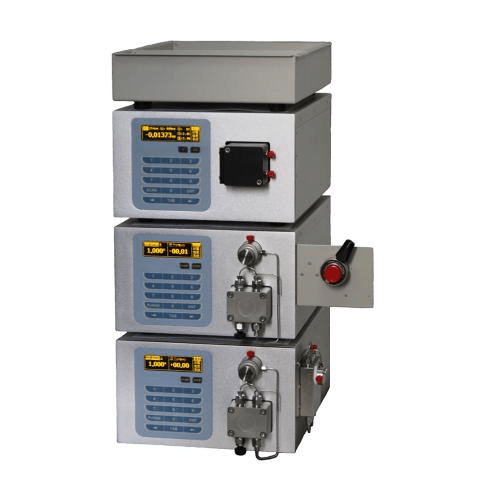
What are the Key Principles of the HPLC Analysis Method?
- Chromatographic Separation
HPLC separates chemicals based on their affinities for the stationary and mobile phases. Compounds that have greater interactions with the stationary phase spend more time in the column and elute later, whereas compounds that have stronger interactions with the mobile phase elute quickly.
- Stationary Phase
The stationary phase is an important part of HPLC. Typically, it is a solid material packed into a column. The choice of stationary phase material is crucial and depends on the nature of the analytes being separated. Common stationary phase materials include silica, reversed-phase C18, ion-exchange resins, and more. The stationary phase’s chemical properties, surface characteristics, and functional groups determine its selectivity.
- Mobile Phase
The mobile phase is a liquid solvent that passes through the column with the sample. The chemical characteristics of the analytes and the separation process are used to select an appropriate mobile phase. It is critical that the mobile and stationary phases are compatible.
- Sample Injection
Prior to analysis, the sample is typically dissolved in a compatible solvent and introduced into the HPLC system. Sample injection can be manual, but modern HPLC systems often utilize automated injectors called autosamplers for precision and consistency.
- Column Separation
As the sample passes through the column, the compounds within it interact differently with the stationary phase and the mobile phase. These interactions cause separation based on factors such as size, polarity, and chemical structure. Compounds with different affinities for the stationary phase will exit the column at different times, resulting in separation.
- Detector
A detector detects the eluting chemicals. UV-visible absorption, fluorescence, refractive index, and mass spectrometry are all examples of physical and chemical features that HPLC detectors may detect. The substances in the sample can be quantified and identified via detection.
- Data Analysis
The signals from the detector are processed and analyzed by a data system, which generates chromatograms and provides quantitative and qualitative information about the sample components. Modern HPLC systems often feature software that allows for data integration, peak identification, and quantification.
- Column Temperature
In HPLC, column temperature is a critical parameter. Temperature control can have an effect on the separation process, especially for chemicals that are sensitive to temperature variations. Column ovens are frequently used to keep a consistent temperature.
- Flow Rate
The flow rate of the mobile phase through the column is carefully controlled. A constant flow rate ensures reproducible and consistent results.
- Pressure
HPLC systems typically run at high pressures ranging from 3,000 to 6,000 psi. The high pressure is required to efficiently drive the mobile phase through the column.
- Selectivity
Selectivity is the ability of the HPLC method to separate compounds of interest from other components in the sample. It depends on the choice of stationary phase, mobile phase, and other operating conditions.
- Retention Time
The retention time of a compound is the time it takes to transit through the column and reach the detector. The retention duration of each component is unique and can be used to identify it.
HPLC analysis is based on the fundamental principles of chromatography, utilizing the interactions between the stationary and mobile phases to separate compounds within a mixture. Understanding these principles is critical for optimizing HPLC procedures and generating accurate and repeatable findings in a variety of scientific and industrial domains.
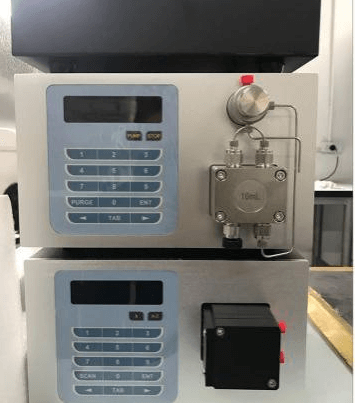
What are the Diverse Applications of the HPLC Analysis Method?
HPLC analysis method is an incredibly versatile technique, and its applications are vast and diverse. Some notable applications include:
- Pharmaceutical Analysis
HPLC is extensively used in pharmaceuticals to analyze drug compounds, monitor drug formulation stability, and ensure quality control in drug manufacturing.
- Environmental Analysis
It aids in detecting and quantifying pollutants, pesticides, and other contaminants in environmental samples.
- Food and Beverage Analysis
HPLC is employed to assess food safety, analyze nutritional components, and detect food additives and contaminants.
- Chemical Research
In chemistry, HPLC is instrumental in isolating and characterizing compounds, studying reaction kinetics, and determining purity.
- Clinical Diagnostics
HPLC is used extensively in clinical laboratories to measure biomarkers, medicines, and metabolites in biological samples.
- Forensic Science
HPLC is used to identify and quantify illicit drugs, toxins, and chemicals in forensic investigations.
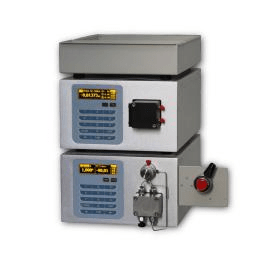
Conclusion
High-Performance Liquid Chromatography (HPLC) is a vital analytical technology with numerous applications in a variety of industries. Because of its ability to isolate, identify, and quantify molecules inside complicated mixtures, it has transformed research, quality control, and environmental monitoring. Understanding the principle of the HPLC analysis method is critical for fully utilizing its possibilities and developing numerous scientific disciplines. HPLC is a cornerstone in modern analytical chemistry, promoting innovation and precision in scientific activities whether in medicines, environmental science, food analysis, or any other field.

